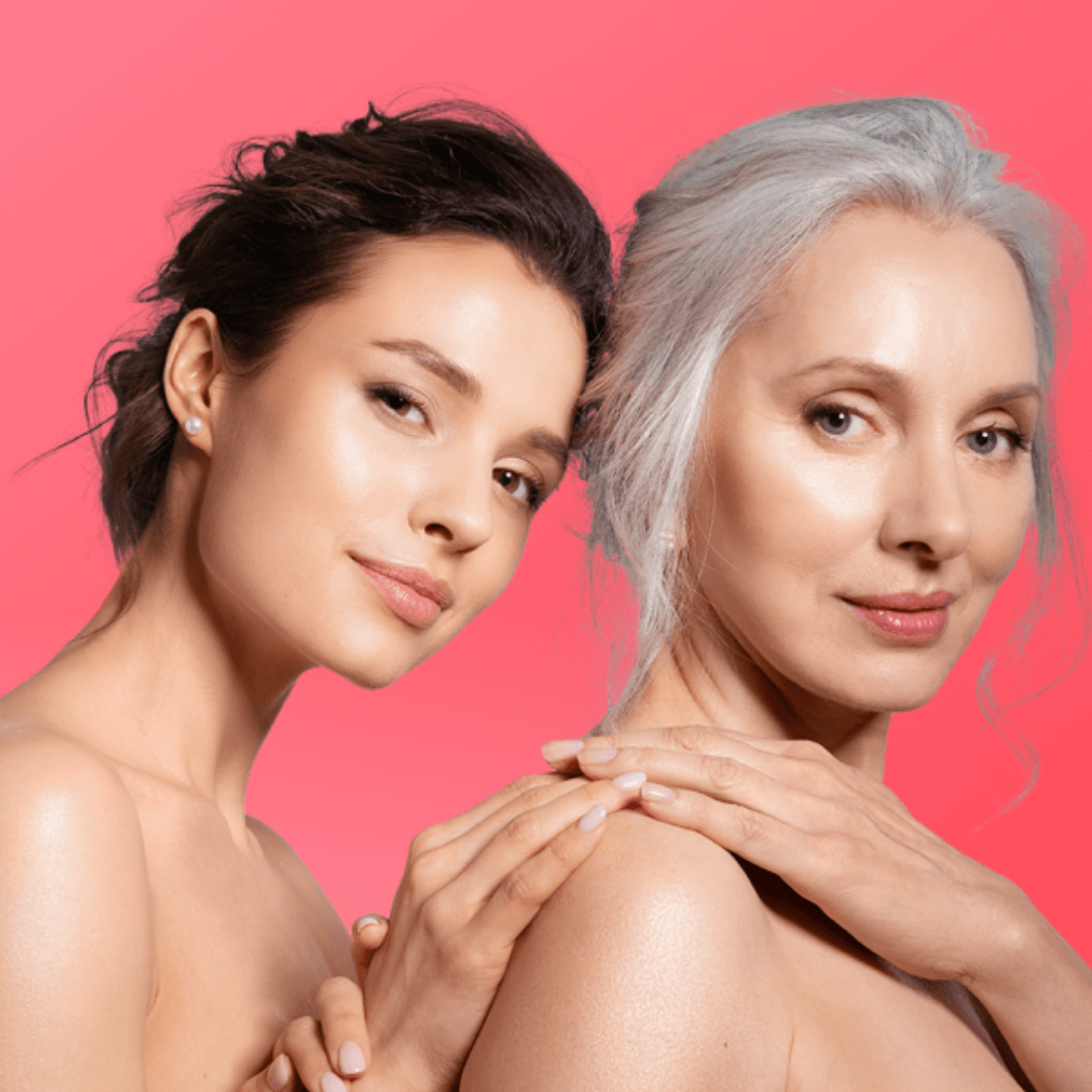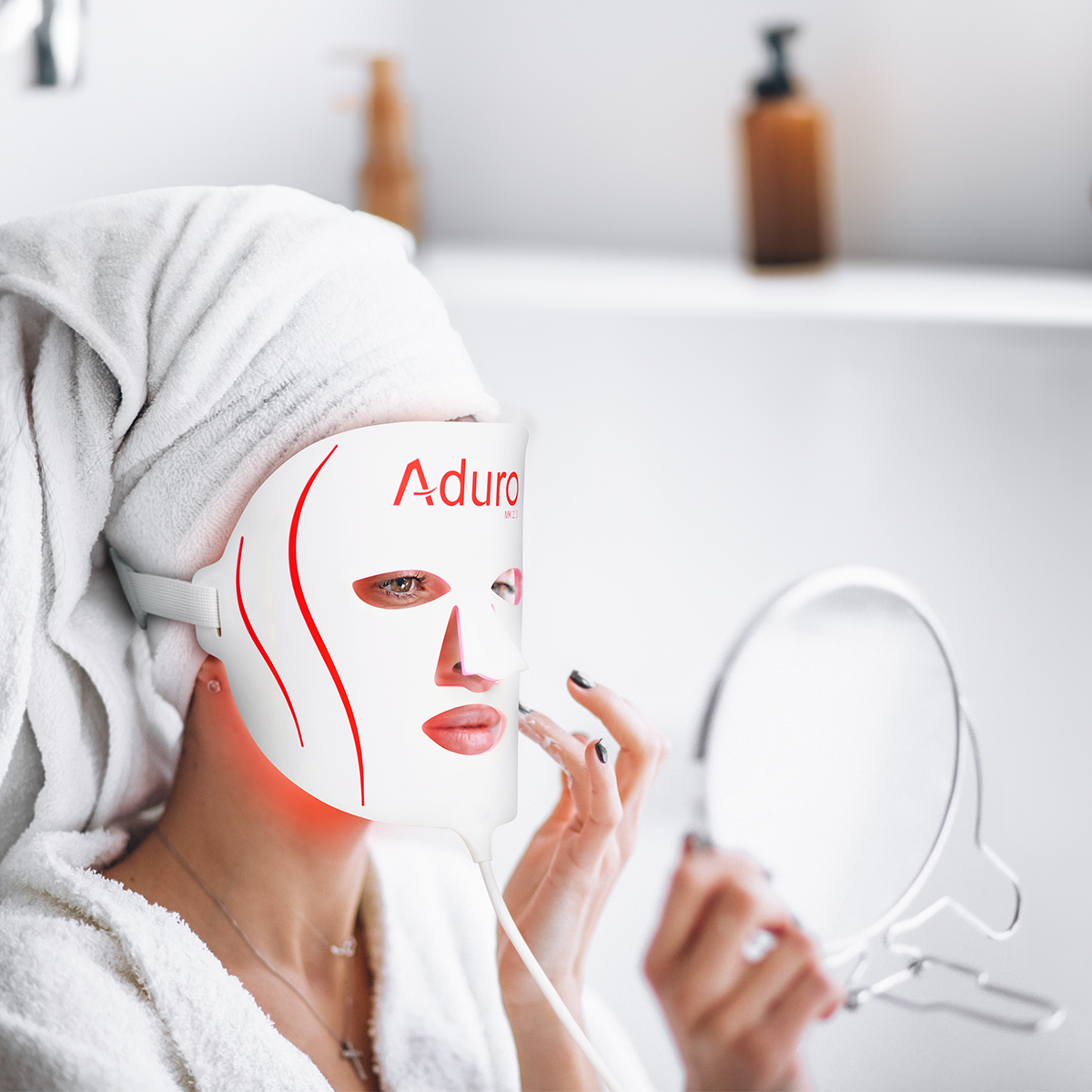Balancing Indoor Light Exposure: The Role of Light Therapy
In today's digital age, the typical American is shifting towards an increasingly indoor-centric lifestyle. With approximately 90% of time spent indoors, it's no surprise that our natural balance of light exposure is being skewed.
The Downside of Prolonged Indoor Living
Consistent indoor living means more than just missing out on a sunny day; it means being constantly surrounded by artificial light sources, especially blue light from screens. This type of light, prevalent in our laptops, smartphones, and TVs, has been suggested to impact our sleep quality and even our skin's health. Without the balancing effects of natural light, our body's internal clock, or circadian rhythm, might be disrupted, potentially affecting sleep patterns and overall mood.
Why Light Therapy Can Be A Game-Changer
Light therapy, such as the kind offered by Aduro Facial Mask, provides a spectrum of light wavelengths. While not a replacement for natural sunlight, it mimics some beneficial aspects of sunlight. This kind of therapy can offer a harmonizing effect, potentially aiding in better sleep, improved mood, and skin rejuvenation.
The Takeaway
As we navigate a world where indoor living and screen time are becoming the norm, understanding and addressing the potential light imbalance in our lives is crucial. Incorporating practices like light therapy, with devices like the Aduro Facial Mask, might be a step in the right direction to restore some of that lost balance.
Sources:
Tosini, G., Ferguson, I., & Tsubota, K. (2016). "Effects of blue light on the circadian system and eye physiology". Molecular Vision, 22, 61–72.
Wright, H. R., Lack, L. C., & Kennaway, D. J. (2004). "Differential effects of light wavelength in phase advancing the melatonin rhythm". Journal of Pineal Research, 36(2), 140-144.
Sheppard, A. L., & Wolffsohn, J. S. (2018). "Digital eye strain: prevalence, measurement and amelioration". BMJ Open Ophthalmology, 3(1), e000146.




Leave a comment
This site is protected by hCaptcha and the hCaptcha Privacy Policy and Terms of Service apply.